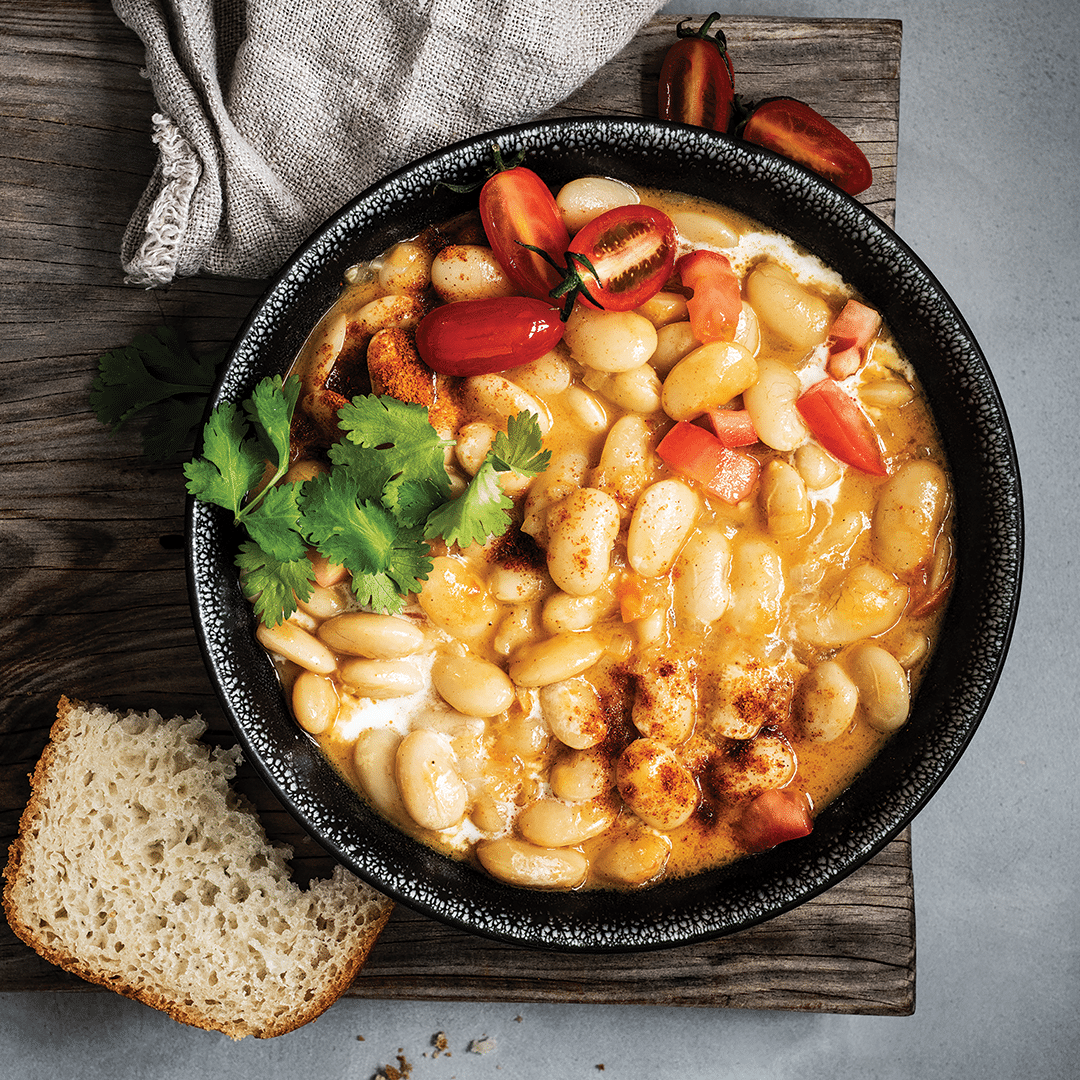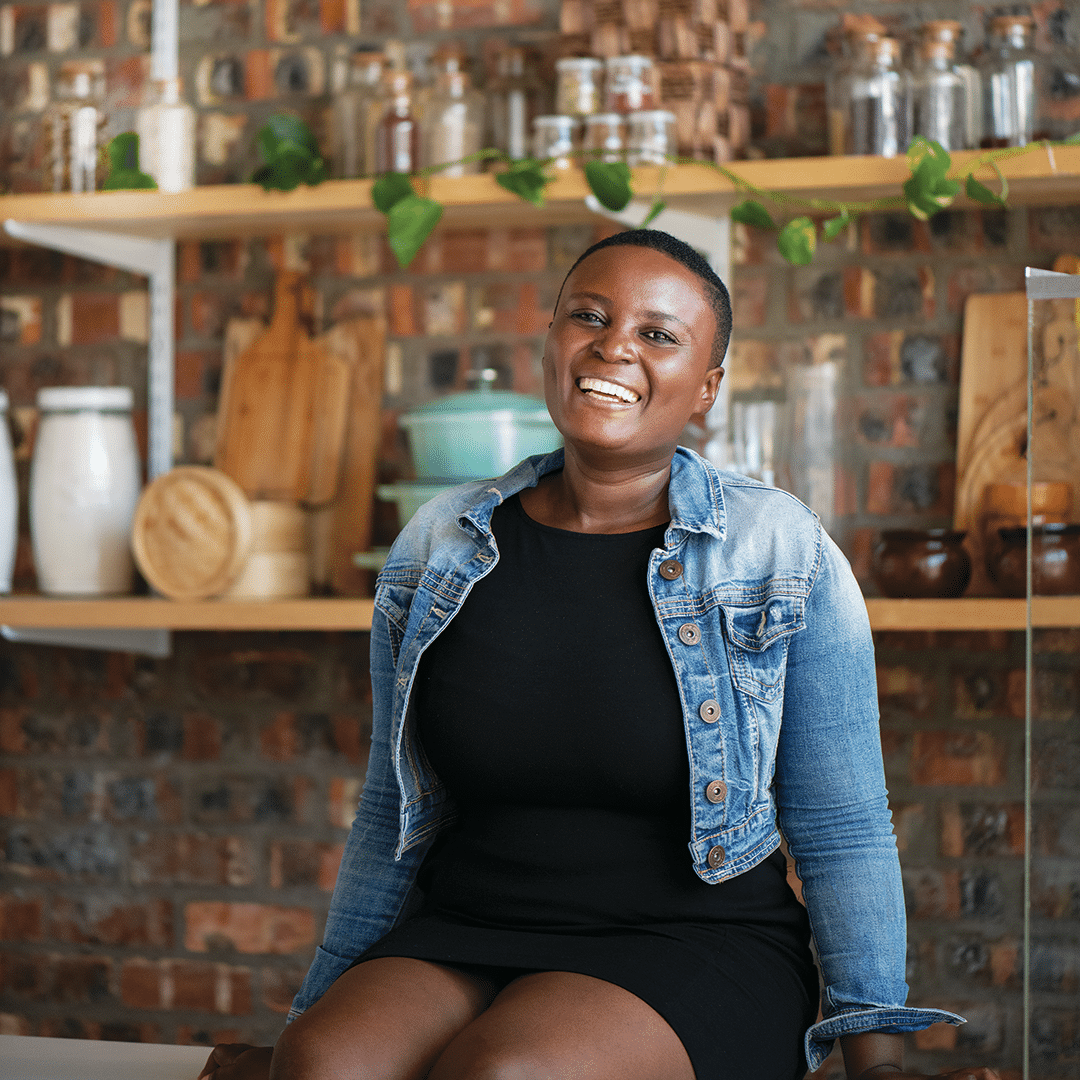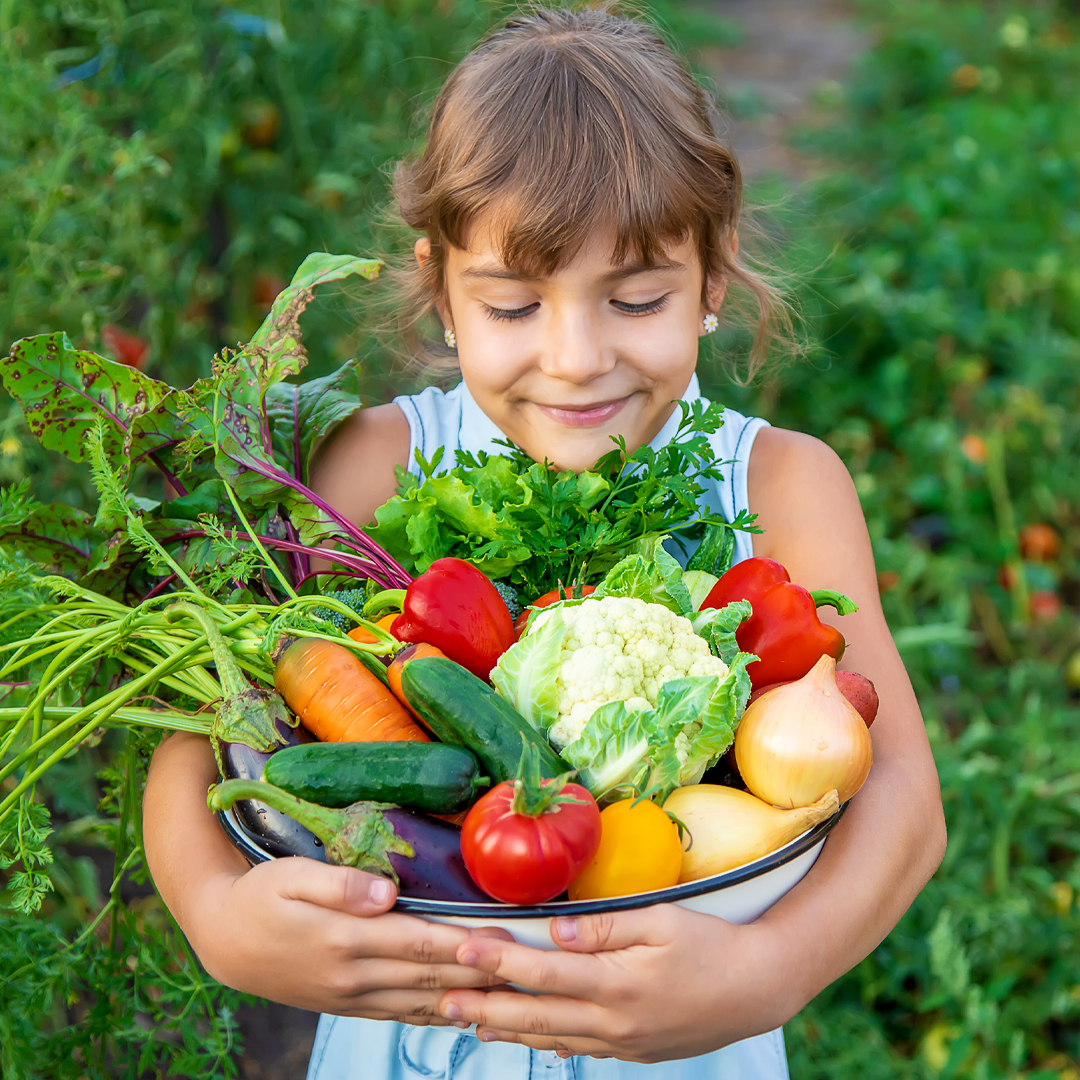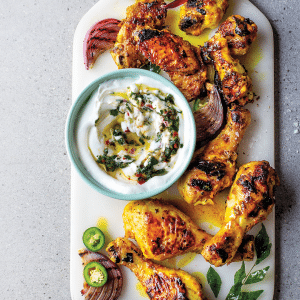Jane Nshuti’s life has led her in criss-crosses over Africa, eating and learning all the while. Now, she shares her reverence for plant-based African cuisine in her restaurant, cooking classes and Sunday lunches.
Her mission started at home: to cook plant-based meals to convince her family just how tasty vegetables could be. Little did that young girl know that one day she would be cooking arrowroot gnocchi with moringa and basil pesto at SA’s prestigious Plant Powered Show. With every dish, Jane Nshuti serves a lesson to anyone who eats her food that African cuisine is versatile, flavourful, nourishing – and doesn’t have to contain meat. This philosophy is the cornerstone of her vegan restaurant, Tamu Food, and regular long-table Sunday lunches.
How did you learn to cook?
I’m originally from Rwanda but my love of cooking began when we got to the Democratic Republic of Congo. It was just me and my siblings, the four of us – we didn’t have parents. The eldest was 17 and we needed to eat. The older siblings would go find whatever they could get. I had to learn how to cook very quickly.
What was your favourite food growing up?
Chapati (a type of flatbread) was my favourite and the first thing I perfected in the kitchen. I remember how we’d all gather in the kitchen while one of my cousins, John, made chapatis. We’d play a general knowledge game and the winner would get an extra chapati. This chapati was everything, as we were only allowed two each. It’s amazing how chapatis brought us together as a family.
How did this influence the food you cook now?
Chapatis are a “food carrier” or vessel that mops up most of the sauces and stews made in East Africa. Many of the dishes I make today must have a food carrier because of this – it can be pap, bread or flatbread, but I always feel like a meal is not complete without a carrier.
If you could go back in time and have one food from your childhood again, what would it be?
Mountain papaya! My grandparents had so many trees, which was one of our motivations to visit. We’d climb those super-high trees to pick the little sweet yellow papayas, eat as much as we could, then my sister would make jam with the rest.
Who was or is the go-to cook in your family, and what’s the best advice they’ve given you?
My older brother Leonard. He was known in the neighborhood for being the master of meatballs and samoosas. I can remember watching him flip an omelette and thinking to myself that when I grow up, I want to be just like him. I’ve not seen him in person in the last 20-something years but when we chat on WhatsApp, it will generally be me asking for tips about perfecting East African cuisine, especially Rwandan food. The best advice he ever gave me? To make perfect samoosas, use bread flour because of its gluten content (it stretches better) and warm water, and make the sheets as thin as you can.
And the worst food advice?
The worst advice we ever received was about cooking vegetables. There was this belief that they should be cooked until they lose their crunch (and in many cases their colour). I grew up disliking vegetables because they were horrible, but we had just been cooking them incorrectly.
Which ingredients can’t you live without?
Garlic and onions give any dish a fighting chance in terms of aroma and taste, and salt gives food life. Masala spices are used a lot in East African cuisine to make things like pilau rice, chai and so on.
Do you think African ingredients are underrated?
Yes, definitely! Africa has diverse cultures and people and, certainly, African food is as good and diverse as its people. From east to west, north to south, African food has been found to be delectable by those who took a chance on it, and that African food is worth taking a trip for. However, regardless of how amazing, versatile and healthy most African dishes are, the culinary world and their cooking schools have refused to take note of it.
There are five “mother sauces” that are taught in the schools, including those in Africa, but not one is an African sauce. It is through these mother sauces that we get to learn about a particular cuisine and how that region approaches both life and food. Although French cuisine dominates everywhere, some other countries have somehow managed to put their cuisines on the world map – but not Africa. Today young Africans are decolonising everything introduced to them by the Western world and forming their own world views. The view about African food is one of the changes they are making.
“Africa has diverse cultures and people and, certainly, African food is as good and diverse as its people.”
What word sums up the cuisine of your food heritage?
Flavourful.
Coconut beans (maharage yanazi)
SERVES 4 // TOTAL TIME 30 min plus soaking time

INGREDIENTS
2 onions, chopped
2 tomatoes, peeled and chopped
1-2 cloves garlic, chopped
5 cardamom seeds
Pinch of cinnamon
1 tsp curry powder
2 cups coconut milk
1 cup vegetable stock
1 tsp salt
2 cups dry kidney, butter or red beans, soaked
Pinch of sugar
Handful fresh parsley or coriander
Bread, for serving
METHOD
1. Fry onions and tomatoes in a pot until softened, for about 5-8 minutes.
2. Add garlic, cardamom seeds, cinnamon, curry powder, coconut milk and vegetable stock.
3. Season with salt and add soaked dry beans and cook for 15-20 minutes, stirring occasionally, until the liquid is thickened and still just covering the tender beans. 4. Add a pinch of sugar to taste.
5. Scatter with parsley or coriander and serve with bread.
WORDS AND PHOTOGRAPHS: Fresh Living Magazine




